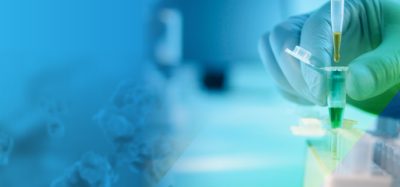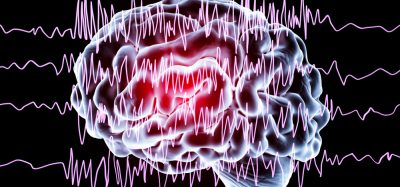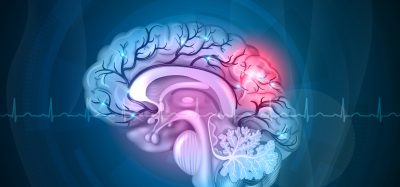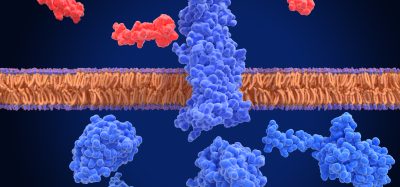Kidney organoids reveal hidden toxicities in AAV gene therapy
Posted: 20 August 2025 | Drug Target Review | No comments yet
Stem cell-derived kidney organoids have revealed hidden toxicities in adeno-associated virus (AAV) gene therapy delivery – offering a powerful new way to improve the safety of future treatments.
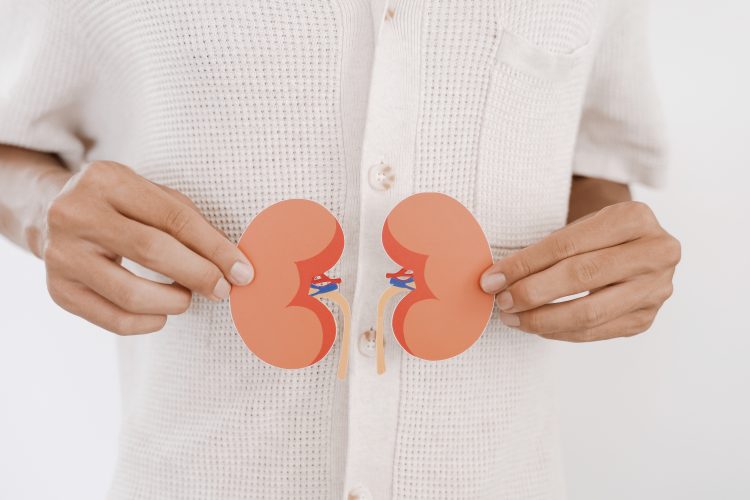

Gene therapy offers huge potential for treating serious genetic diseases such as Duchenne muscular dystrophy (DMD). Yet, unexpected toxic side effects – including patient deaths in some DMD trials – have raised major safety concerns.
Traditional animal studies often miss these risks. Fewer than 15 percent of drugs that enter clinical trials ever receive FDA approval, largely because traditional lab models fail to predict how the human body will respond to the treatment.
A human-specific approach
To bridge this gap, researchers turned to human stem cell-derived kidney organoids as a new testing platform to evaluate the safety and efficacy of AAV-based gene therapies.
“We investigated whether human stem cell-derived kidney organoids, an emerging and increasingly recognised technology, can serve as a more accurate preclinical model for evaluating the therapeutic efficacy and potential side effects of AAVs used in gene therapy,” said Dr Ryuji Morizane, MD, of the Department of Medicine at Massachusetts General Hospital.
Findings: hidden toxicity revealed
The study found that one commonly used viral delivery tool – AAV2 – triggered significant kidney damage. The researchers reported that the AAV2 variant induced significant toxicity in kidney organoids – triggering inflammation, DNA damage and fibrosis. These effects – which occurred even without gene editing – were driven by activation of the NFκB signalling pathway.
Encouragingly, the team also discovered a way to prevent this: treatment with bardoxolone methyl significantly reduced these harmful responses without impairing AAV-mediated gene delivery. This suggests that AAV toxicity – rather than gene editing itself – is the key driver of the observed tissue damage.
Implications for gene therapy safety
The findings highlight the importance of using human-relevant models in preclinical research. “Broader recognition and regulatory acceptance of organoids are vitally needed to improve patient safety, reduce trial failures, and ultimately accelerate the development of more effective and personalised therapies,” said Morizane
At the same time, the researchers stressed that organoids are not meant to replace animal models altogether, but to compliment them. The idea is to add a layer of human-specific insight that current animal testing cannot provide.
Next steps
The researchers are already looking ahead to refine the technology. “Future work will focus on improving the physiological relevance of kidney organoids by incorporating vascular structures and more mature cell types to better replicate in vivo kidney function,” Morizane explained. “We also aim to expand this organoid-based safety screening approach to other organ systems and AAV serotypes, broadening its utility in gene therapy development.”
However, they acknowledge that consistency is key to regulatory adoption. To ensure reproducibility, it will be essential to address batch-to-batch variation in organoid differentiation. Developing standardised protocols for generating kidney organoids and for assessing gene therapeutic products within these models is crucial for their future application.
Conclusion
By showing that kidney organoids can discover hidden toxicities from AAV-based gene therapies, this study highlights the value of human-centric models in drug development. Combining organoid technology with current preclinical methods may help identify risks earlier, improve safety and accelerate the delivery of new therapies to patients.
Related topics
Drug Discovery Processes, Gene Therapy, Organoids, Precision Medicine, Stem Cells, Toxicology, Translational Science
Related conditions
Duchenne muscular dystrophy (DMD), Genetic diseases
Related organisations
the Department of Medicine at Massachusetts General Hospital



